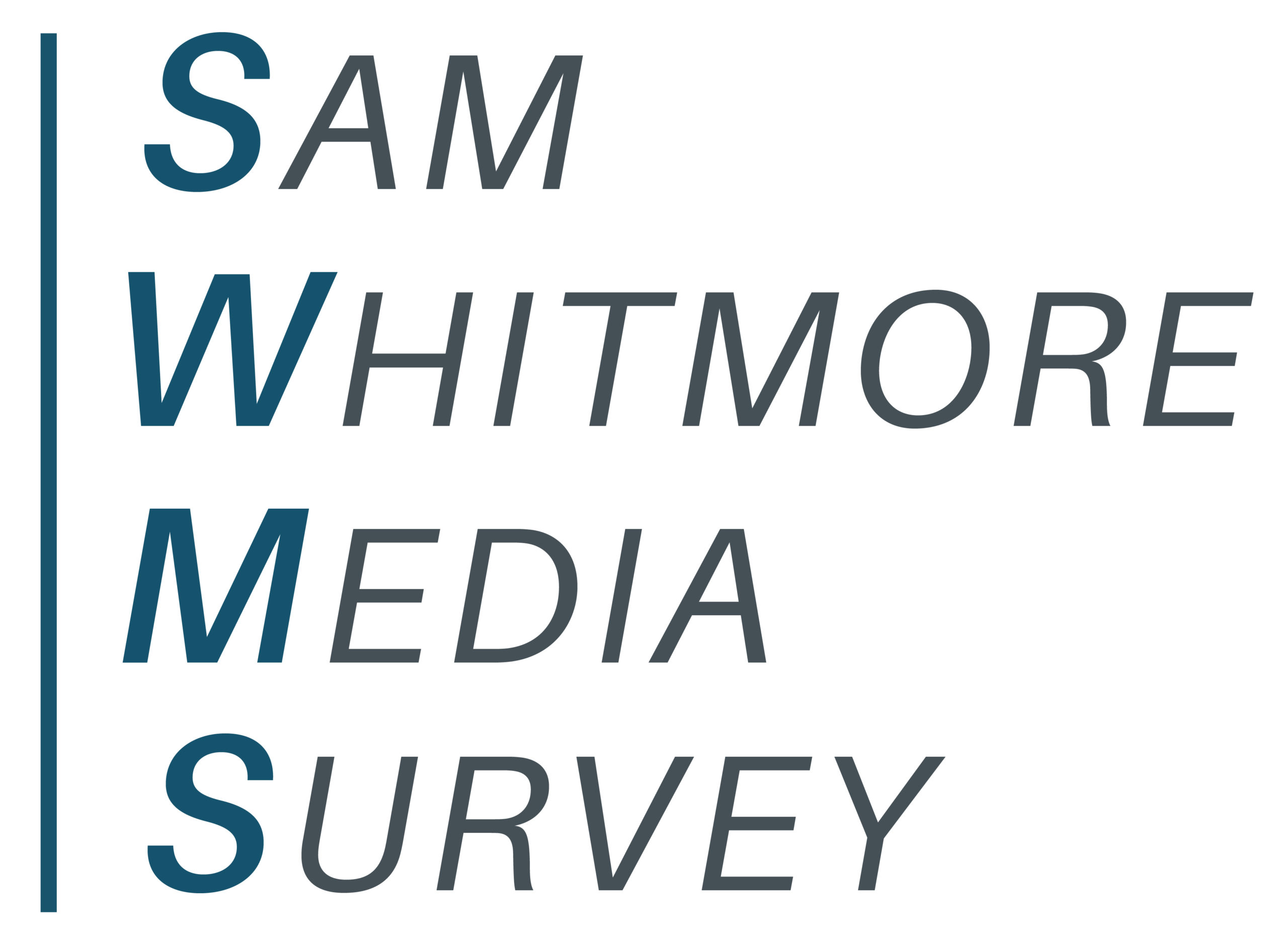
There’s a back door to landing a C-title profile in the Wall Street Journal. There’s also a catch: the executive must maintain a “personal board of directors” that advises on an informal basis.
“Personal Board of Directors” is the name of this ongoing WSJ feature. It appears roughly twice a month. The official descriptor:
In Personal Board of Directors, top business leaders talk about the people they turn to for advice, and how those people have shaped their perspective and helped them succeed.
Personal Board of Directors is overseen by Erik Holm, deputy editor for WSJ’s Exchange, the publication’s weekend business section launched in June 2018.
You’re in good company if you hadn’t heard of Exchange (we hadn’t). Two veteran WSJ editors, whom we reached out to, didn’t know which editor oversaw the Personal Board of Directors project — or which department produced it. Also, Exchange isn’t listed in WSJ.com’s site navigation. (A sharp-eyed SWMS subscriber alerted us.)
Exchange was launched in June 2018. Gerard Baker, EIC at the time, introduced the section as part of an expanded weekend WSJ experience. Since then, WSJ Exchange — and the excellent Personal Board of Directors feature — has languished in obscurity.
Readers of the WSJ print edition may be familiar with it.
The Formula
It won’t take you long to discern how these profiles come together. A WSJ beat reporter interviews an executive, asking questions ranging from basic (age, education, family) to fun (secret talent, morning wake-up time, worst advice you ever got). From there, the reporter files a few hundred words of color and context, finishing with mini-profiles of each advisor revealing how they helped the executive being profiled.
Erik didn’t answer our email, but this much is clear.
— Your executive’s personal board of directors will need at least four members. The members typically are not interviewed, but they obviously must be comfortable being identified.
— Diversity counts. Of the last 15 execs profiled, ten were women. Even in this instance of a white woman being profiled, each of her four advisors were either female or men who are not white.
— The bigger the company, the better. Yes, execs of smaller companies can make the cut. But WSJ favors the better-known.
— The exec doesn’t need to be a CEO. Roughly half of those profiled are not.
— Don’t pitch Erik Holm. It’s probably OK to communicate with him, but he clearly counts on WSJ staff reporters to pitch him candidates — so start with your beat “friendlies” and go from there.
One last thing. If you do get a profile placed, be prepared for disappointing impact. You’ll have a great URL to link to, but not many WSJ readers will be able to find the article.
***
After this article was published, a subscriber reported — based on inside info — that WSJ now strongly favors “high-profile leaders from public companies with huge market caps.” — Ed.
